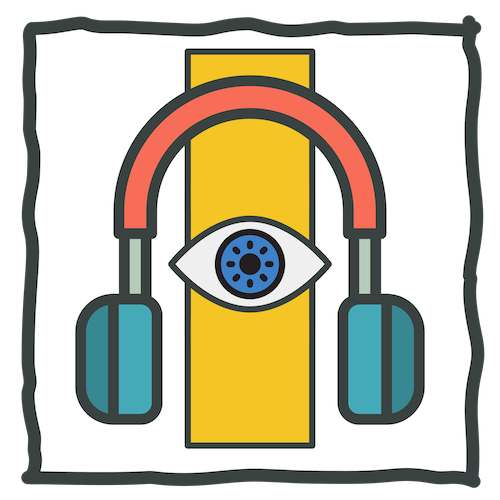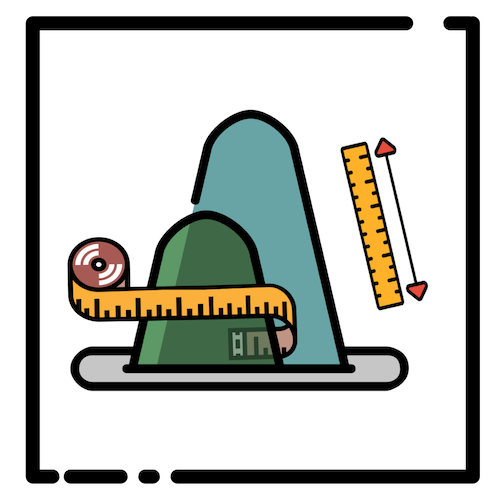Highlights and Snapshots.
Selected Works
Or, see all publications instead.

Perception across the senses: Audiovisual
The world is full of rich, multisensory information. How does the brain evaluate and integrate vasts amount of information from distinct sensory inputs to form a coherent perception?
In this line of work, we show that real-world sounds can enhance how we extract visual information from the environment. Interestingly, this process is not cost free as the inferences made by our sensory systems lead to distortions in perception.
In ongoing work, we're exploring the neural underpinnings of these effects and modelling the extent of these perceptual shifts to characterize the trade-offs between speed and veracity.
See how sounds distort perception here

Memory and Attention: Guiding Behavior
The overwhelming amount of visual information in a busy Farmer's Market can make it hard to find your friend in the crowd. But, if you can recall the color of their favorite hat or their typical shopping bag, your memory can help to sift through all this visual information and sharpen your attention.
In this line of work, we explore how the contents of memory can help to guide your attention towards matching information in the world.
We've recently showed that, the better you remember those visual features, the more strongly your attention will be guided towards those features in the world. This seemingly straightfoward finding contrasts sharply with established work in the field which proposes a discrete hierarchy in memory that determines whether a memory control attention, irrespective of their fidelity.
Read about memories and attention

Measurement, Theory, and Best Practices
How can you know whether you, or your friend Khalil remembers your trip to the beach better? You might say by comparison: If you remember more details, your memory is better. But what if you each remember four key moments, but they're all different? Who has the better memory? And what if Khalil remembers two of the moments very well, and only has vague impressions of the other two?
This exemplifies some of the challenges that come with measuring memory. These questions have been investigated for decades, and in this line of work, we spend a lot of time thinking about the nature of memory representations, and how to best measure them.
In recent work, we review the literature and describe, in our opinion, how researchers can avoid problematic practices when designing experiments and measuring memory.
See how we like to measure memory here